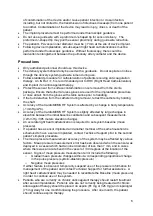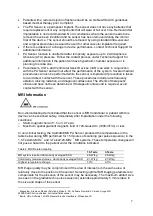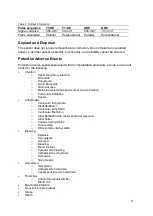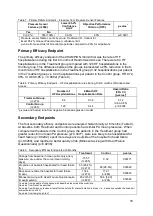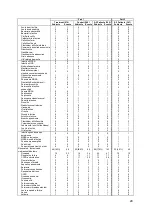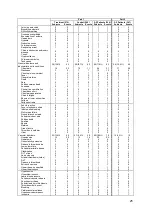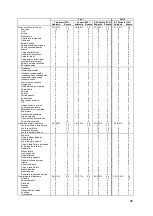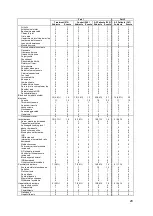
Medical Management
Physicians responded to Treatment patients’ elevated PA pressures by making
medication changes to lower PA pressures in an attempt to reduce the risk for HF
hospitalization. Physicians documented all medication changes for all patients and
indicated whether the change was made in response to PA pressures or standard of care
information. During the 6-month follow-up period, physicians made 1113 HF medication
changes in the Treatment group and 1061 HF medication changes in the Control group in
response to standard of care information. In the Treatment group only, physicians made
1404 HF medication changes in response to PA pressures, primarily through diuretics and
vasodilators. This incremental HF management in response to PA pressures using the
CardioMEMS HF System led to a significant reduction in HF hospitalizations.
Results from the Entire Randomized Access Period
HF Hospitalizations
During the entire Randomized Access period, the rate of HF hospitalizations was 33%
lower in the Treatment group than in the Control group (0.46 vs. 0.68 annualized HF
hospitalization rates, HR 0.67, 95%CI 0.55-0.80) (Table 10). The magnitude of the effect
during the entire Randomized Access period was slightly larger than that seen during the
6-month primary endpoint period (33% vs. 28%), indicating durability of the treatment
effect. The number needed to treat (NNT) per year to prevent one HF hospitalization was
4. For every 100 patients treated, 23 HF hospitalizations would be prevented per year.
Table 10. HF Hospitalization Rates During Randomized Access
Number of HF
Hospitalizations
Annualized HF
Hospitalization Rate
Hazard Ratio
(95% CI)
NNT Per Year to
Prevent One HF
Hospitalization
Treatment Group
(n=270)
182
0.46
0.67
(0.55-0.80)
4
Control Group
(n=280)
279
0.68
Hazard ratio from Andersen-Gill model.
Mortality
The proportion of patients who died in the Treatment group (18.5%) was smaller than in
the Control Group (22.9%) with a relative risk reduction of 20% (HR 0.80, 95% CI 0.55 –
1.15).
Freedom from Death or First HF Hospitalization
The proportion of patients who died or had at least one HF hospitalization in the
Treatment group (44.8%) was smaller than in the Control Group (51.8%) with a relative
risk reduction of 23% (HR 0.77, 95% CI 0.60 – 0.98).
All Cause Hospitalizations
All cause hospitalizations were reduced in the Treatment group (554 in the Treatment
group vs. 672 in the Control group, HR 0.84, 95% CI 0.75 – 0.95). The NNT per year to
prevent one all cause hospitalization was 4. For every 100 patients treated, 26 all cause
hospitalizations would be prevented per year.
17




